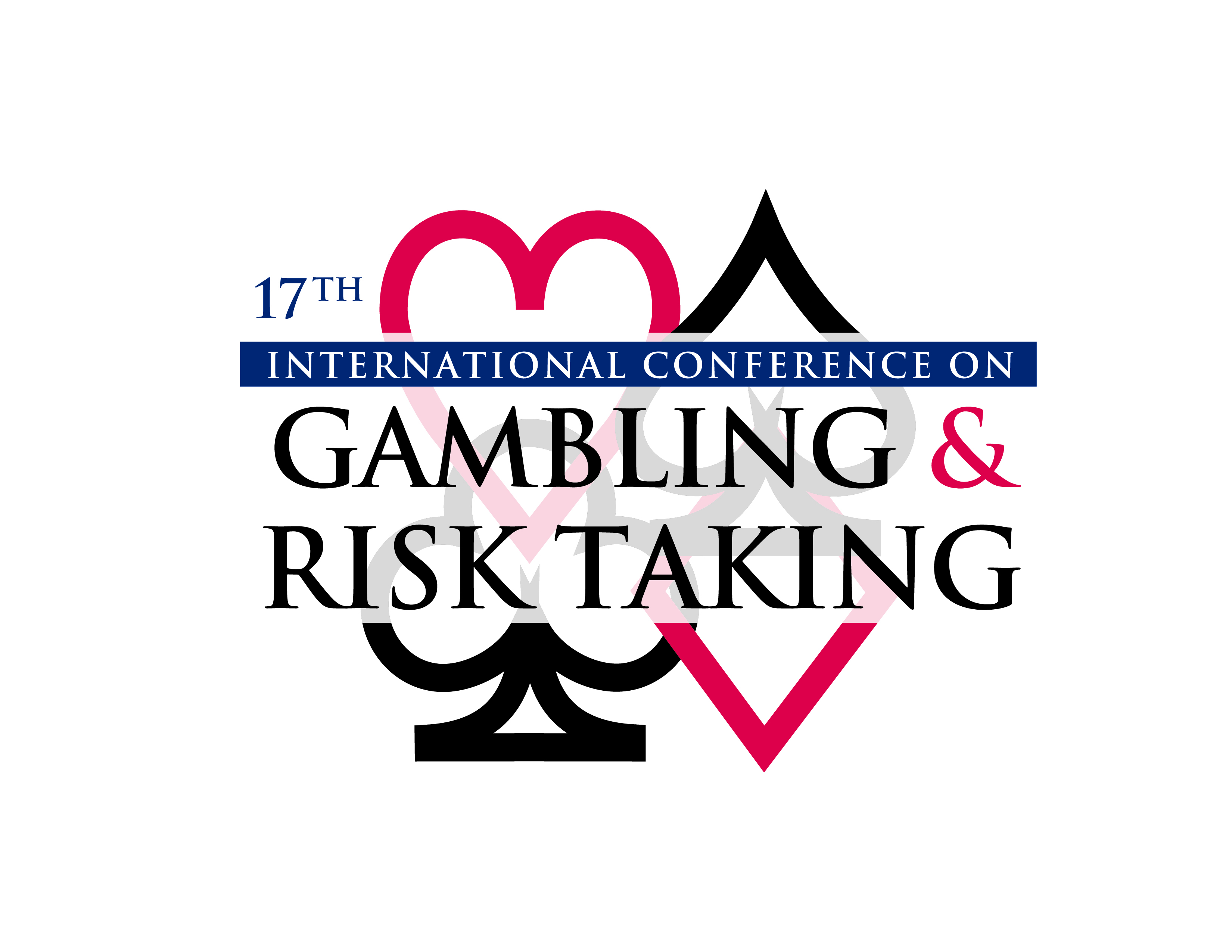Submission Title
A Statistical Analysis of the Roulette Martingale System: Examples, Formulas and Simulations with R
Session Title
Mid-morning Break and Poster Sessions: FEATURED POSTERS
Presentation Type
Event
Location
Caesars Palace, Las Vegas, Nevada
Start Date
29-5-2019 10:25 AM
End Date
29-5-2019 11:00 AM
Disciplines
Applied Statistics | Probability | Statistical Models
Abstract
Some gamblers use a martingale or doubling strategy as a way of improving their chances of winning. This paper derives important formulas for the martingale strategy, such as the distribution, the expected value, the standard deviation of the profit, the risk of a loss or the expected bet of one or multiple martingale rounds. A computer simulation study with R of the doubling strategy is presented. The results of doubling to gambling with a constant sized bet on simple chances (red or black numbers, even or odd numbers, and low (1 – 18) or high (19 – 36) numbers) and on single numbers (straight bets) are compared. In the long run a loss is inevitable because of the negative expected value. The martingale strategy and the constant bet strategy are more risky than the constant bet strategy on a simple chance. This higher risk leads, however, to a higher chance of a positive profit in the short term. But on the other hand higher risk means that the losses suffered by doublers and by single number bettors are much greater than that suffered by constant bettors.
In the long run a martingale strategy cannot beat an unbiased roulette because of the negative expected value. After a large number of coups it is very likely that the gambler suffers a loss. The martingale strategy and the single number bet strategy are more risky than the constant bet strategy on a simple chance. This higher risk leads, however, to a higher chance of a positive profit in the short term. But on the other hand higher risk means that the losses suffered by doublers and by single number bettors were much greater than that suffered by constant bettors. Gamblers should be aware that the martingale play is a very risky strategy which could produce extremely high losses. Often casual gamblers underestimate the risk of the martingale play or versions of it because they used to leave the roulette table with a profit. The reason is that the probability of winning a few martingale rounds is high if the number of rounds is low. E.g., a player stops after 20 martingales rounds, then the probability of winning is nearly 98 percent, assuming the assumptions, which are made in this paper. But the comparatively low profit is offset by the possibility of an extremely high loss which is inevitable in the long run.
Keywords
Mathematics of Roulette; Risk; Normal Distribution; Binomial Distribution; Poisson Distribution;
Funding Sources
None
Competing Interests
None
A Statistical Analysis of the Roulette Martingale System: Examples, Formulas and Simulations with R
Caesars Palace, Las Vegas, Nevada
Some gamblers use a martingale or doubling strategy as a way of improving their chances of winning. This paper derives important formulas for the martingale strategy, such as the distribution, the expected value, the standard deviation of the profit, the risk of a loss or the expected bet of one or multiple martingale rounds. A computer simulation study with R of the doubling strategy is presented. The results of doubling to gambling with a constant sized bet on simple chances (red or black numbers, even or odd numbers, and low (1 – 18) or high (19 – 36) numbers) and on single numbers (straight bets) are compared. In the long run a loss is inevitable because of the negative expected value. The martingale strategy and the constant bet strategy are more risky than the constant bet strategy on a simple chance. This higher risk leads, however, to a higher chance of a positive profit in the short term. But on the other hand higher risk means that the losses suffered by doublers and by single number bettors are much greater than that suffered by constant bettors.
In the long run a martingale strategy cannot beat an unbiased roulette because of the negative expected value. After a large number of coups it is very likely that the gambler suffers a loss. The martingale strategy and the single number bet strategy are more risky than the constant bet strategy on a simple chance. This higher risk leads, however, to a higher chance of a positive profit in the short term. But on the other hand higher risk means that the losses suffered by doublers and by single number bettors were much greater than that suffered by constant bettors. Gamblers should be aware that the martingale play is a very risky strategy which could produce extremely high losses. Often casual gamblers underestimate the risk of the martingale play or versions of it because they used to leave the roulette table with a profit. The reason is that the probability of winning a few martingale rounds is high if the number of rounds is low. E.g., a player stops after 20 martingales rounds, then the probability of winning is nearly 98 percent, assuming the assumptions, which are made in this paper. But the comparatively low profit is offset by the possibility of an extremely high loss which is inevitable in the long run.

Comments
www.demometrie.de